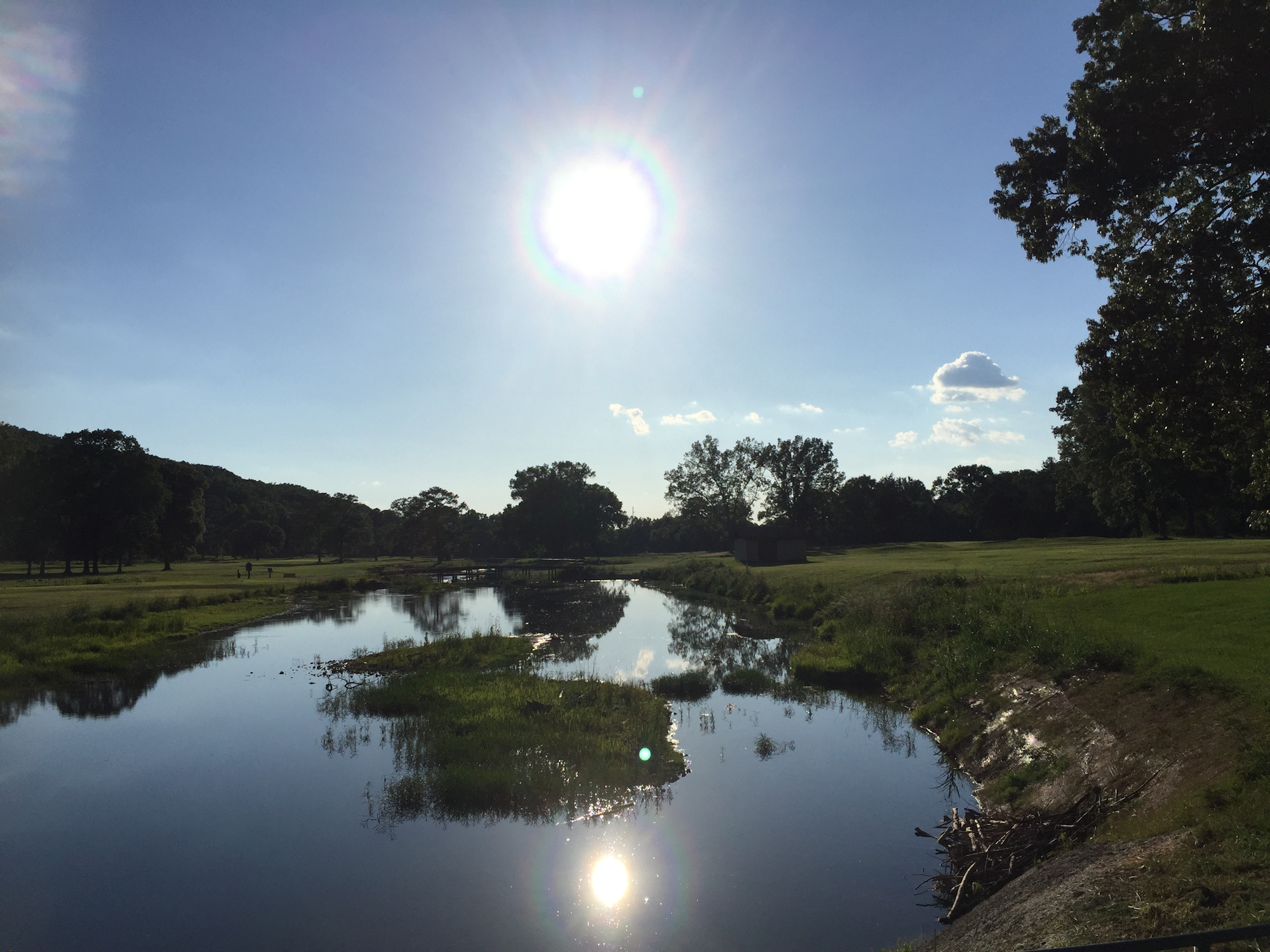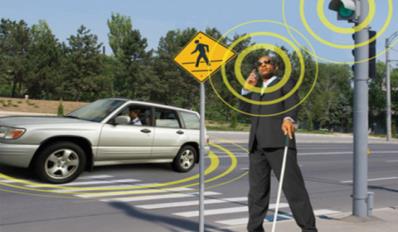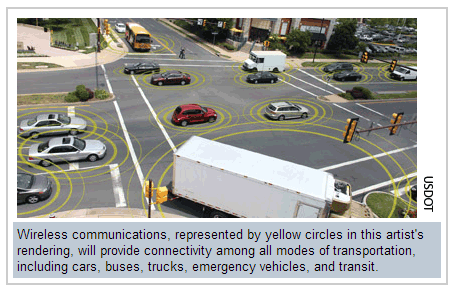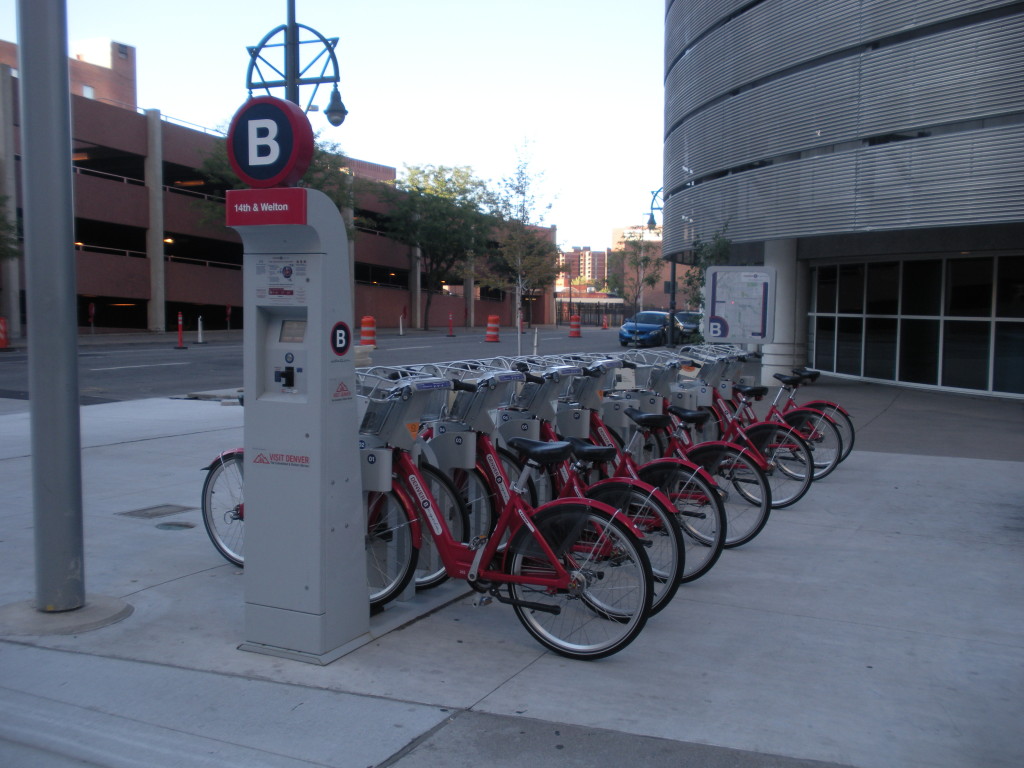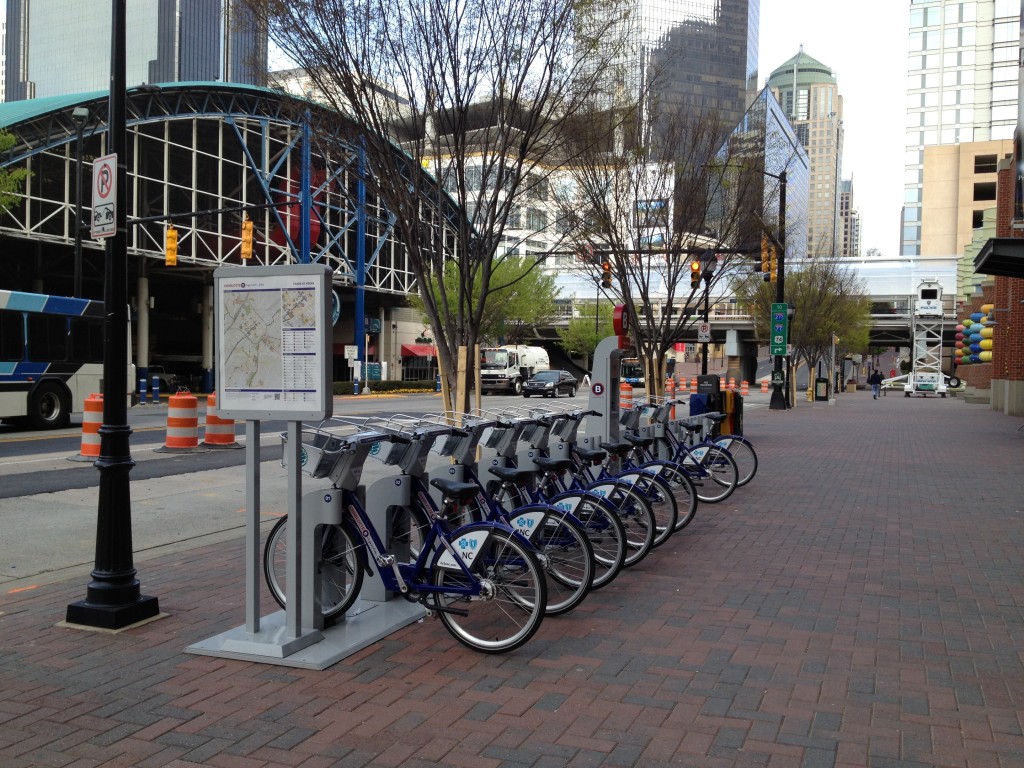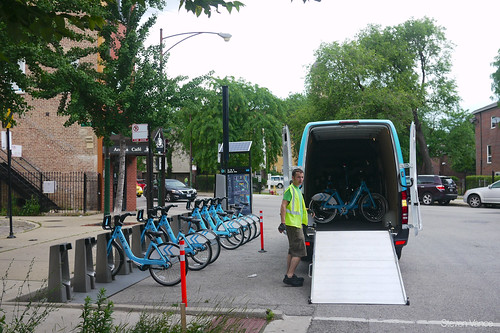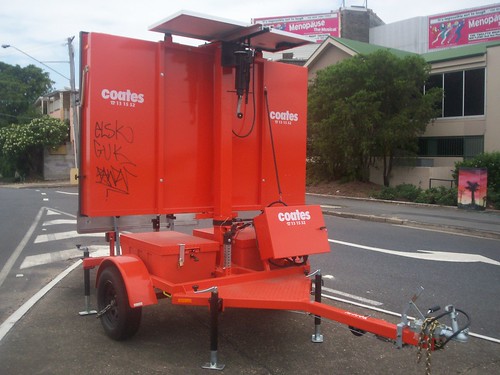The U.S. DOT through the FHWA has opened a dialogue on Transportation and Assistive Devices and Technologies. You can visit their Ideascale site to offer your own ideas about how best to make use of technologies to enhance and support mobility for transportation users with disabilities.
It's important for all of us in involved in roadway and signal design to remain involved in dialogues like this so that new technologies can be integrated in the most efficient and effective manner. Even if you don't want to comment or offer an idea, it's helpful to read through the ideas and comments to learn what those who use facilities we design really need. And there are a few comments that lead to other resources and tools which might be useful to planners and designers.
I offered one idea we've been discussing since visiting a community that had an older APS installed at an intersection. We noticed the voice was difficult to hear and understand. I want to add though that neither of us have a vision impairment so our observation was made as users who often rely on our sight for guidance and therefore could be different that the opinion of a person with a vision impairment. (You can watch a short video we took of the cycle to listen yourself to what a pedestrian would hear at this intersection.)
Other than the inability to really hear and understand what is going on from these devices, we are also aware there is concern about the constant noise created in the environment. While this is useful and necessary when needed, is it best to have a device that continues to make noise in the environment even when not needed? Especially when it begins to compete with other signal device sounds in a highly dense, and urbanized area?
Before smart phones these were perhaps our only solution and therefore necessary, but now with smart devices, we wondered if it wouldn't be better to have pedestrian signal devices communicate directly with smart phones or devices. The APS could activate only when sensing a device that is programmed to request specific information from the APS such as location of button, path guidance, and area location information. If a path or destination had been programmed, perhaps the APS could even signal to the user which direction to go or if they are on the wrong street.
We also talked about installing something in the pavement along both edges of the crosswalk that could communicate with a pedestrian and let them know through vibrations or a pulse they were wandering outside of the crosswalk area.
Since exploring these ideas, we have not yet had the chance to discuss it with anyone who has a vision impairment which is why the dialogue is so important. Perhaps there are issues with our ideas we have not considered since we are primarily the designers and not the users of these devices. So I encourage everyone to take just a few minutes to visit the site, read the ideas, submit your own if you have them, add some comments, and work together with everyone to increase the use and mobility of our designs for everyone.
